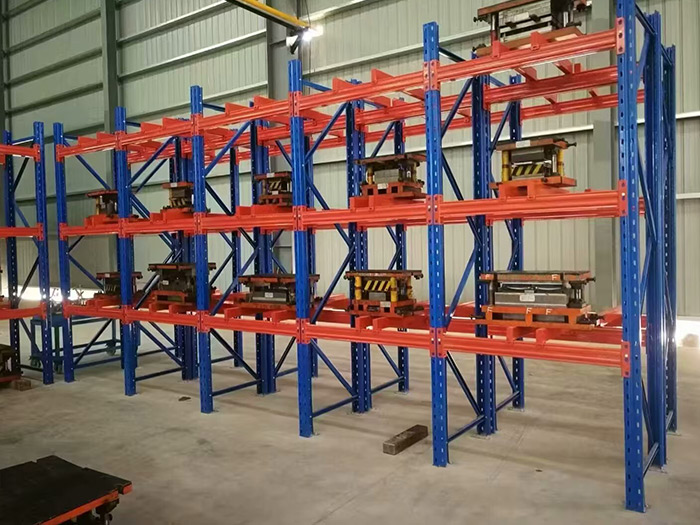Unveiling the Essential Materials for Building a Sturdy Wall
2 min readBuilding a wall requires careful consideration of various materials to ensure its strength, durability, and aesthetic appeal. In this comprehensive guide, we will delve into the essential materials needed to construct a high-quality wall. From the foundation to the finishing touches, we will explore the key components that contribute to a structurally sound and visually pleasing wall.
- Foundation Materials:
The foundation is the backbone of any wall, providing stability and support. The following materials are crucial for a strong foundation:
a) Concrete: A mixture of cement, sand, and aggregate, concrete forms the base of the wall. It provides stability and prevents shifting or settling.
b) Rebar: Reinforcing bars, commonly known as rebar, are embedded within the concrete to enhance its strength and prevent cracking.
- Structural Materials:
To ensure the wall's structural integrity, the following materials play a vital role:
a) Bricks or Blocks: Bricks or concrete blocks are commonly used to build walls. They are available in various sizes, shapes, and compositions, offering flexibility in design and construction.
b) Mortar: Mortar acts as a binding agent, holding the bricks or blocks together. It provides strength and stability to the wall.
c) Steel Reinforcement: In certain cases, steel reinforcement, such as steel bars or mesh, is incorporated within the wall to enhance its load-bearing capacity and resistance to external forces.
- Insulation and Moisture Barrier Materials:
To ensure energy efficiency and protect against moisture damage, insulation and moisture barrier materials are essential:
a) Insulation: Insulating materials, such as fiberglass, mineral wool, or foam boards, help regulate temperature, reduce energy consumption, and provide soundproofing.
b) Vapor Barrier: A vapor barrier, typically made of plastic or foil sheets, prevents moisture from penetrating the wall, reducing the risk of mold or rot.
- Finishing Materials:
The finishing materials contribute to the wall's appearance and protection against external elements:
a) Exterior Cladding: Options for exterior cladding include brick veneer, stucco, stone, or siding. These materials enhance the wall's aesthetics while providing protection against weather conditions.
b) Paint or Coatings: Applying paint or coatings not only adds color but also acts as a protective layer, shielding the wall from moisture, UV rays, and other environmental factors.
c) Sealants: Sealants, such as silicone or polyurethane, are used to fill gaps and cracks, preventing water infiltration and improving the wall's durability.
Conclusion:
Building a wall requires a thoughtful selection of materials to ensure its strength, durability, and visual appeal. From the foundation to the finishing touches, each component plays a crucial role in constructing a high-quality wall. By considering the materials mentioned above and their specific properties, you can create a structurally sound and aesthetically pleasing wall that stands the test of time.



